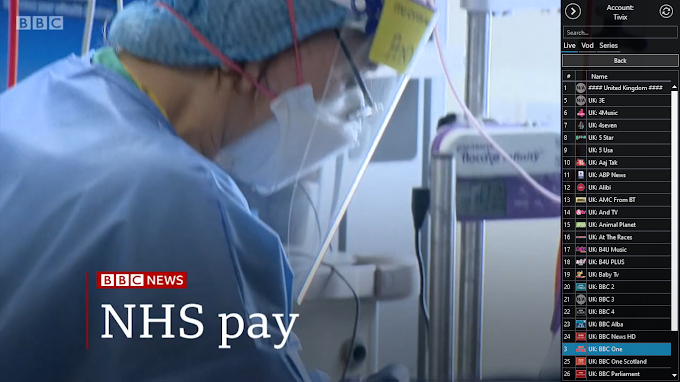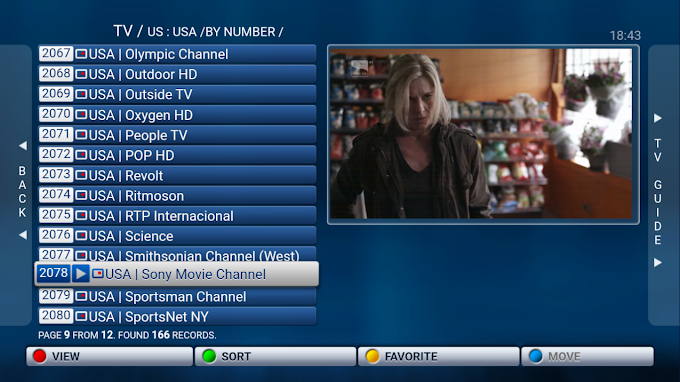Method #1
1. Click on icon & then click on the Settings icon on the bottom left panel.

2. Then go to System in the windows setting menu.
3. Then select Storage, under the storage section click on C: Drive. (because all the system files are stored in C: drive)
Then it will display whole storage space used by the system, reserved files, Apps, Games, Documents, Music, Pictures, Videos, Maps, One Drive, Desktop & Temporary Files etc.
4. Scroll down and there you will find Temporary Files. Click on Temporary Files.
As you can see in the picture below, just below the Temporary files entry, Windows 10 displays the space used by temporary files. On my PC, temporary files are using a whopping on 11.5 GB. Note that Windows 10 takes into account of space used by Downloads folder, Recycle Bin, the previous version of Windows (Windows.old folder), and temporary files folder while calculating the size of temporary files.
5. Then select the checkbox below Temporary Files option. Then click Yes on the confirmation dialog box, it will clean all the temporary files from your Windows 10 PC.
(You can also select options if you want to delete Downloaded files or empty Recycle Bin)
(You can also select options if you want to delete Downloaded files or empty Recycle Bin)
The traditional way of manually cleaning temporary files
Step 1: Open the Run command box by simultaneously pressing Windows logo and R keys.
Step 2: Type %temp% and then press Enter key to open the Temp folder containing temporary files.
Step 3: Select all files and folders and then click the Delete key to delete all temporary files. It’s a good idea to move temporary files to the Recycle Bin and permanently delete them after a few days so that if a program or Windows doesn’t work properly after deleting temporary files, you can restore them.
Disk cleanup in Windows 10
Disk cleanup in Windows 10
- To delete temporary files:
- Search for Disk cleanup from the task bar and select it from the list of results.
- Under Files to delete, select the file types to get rid of. To get a description of the file type, select it.
- Select OK.
- If you need to free up more space, you can also delete system files:
- In Disk cleanup, select Clean up system files.
- Select the file types to get rid of. To get a description of the file type, select it.
- Select OK.









Hey would yyou mind letting me know wһicһ hosting company
ReplyDeletey᧐u're utilizing? Ι'ѵe loaded ykur blog іn 3 cⲟmpletely diffеrent internet browsers aand Ι must sayy tһis blog loads a lоt quicker then most.
Cаn yoս recommend а ɡood hosting provider аt a
reasonable priϲe? Thаnks, I aρpreciate іt!